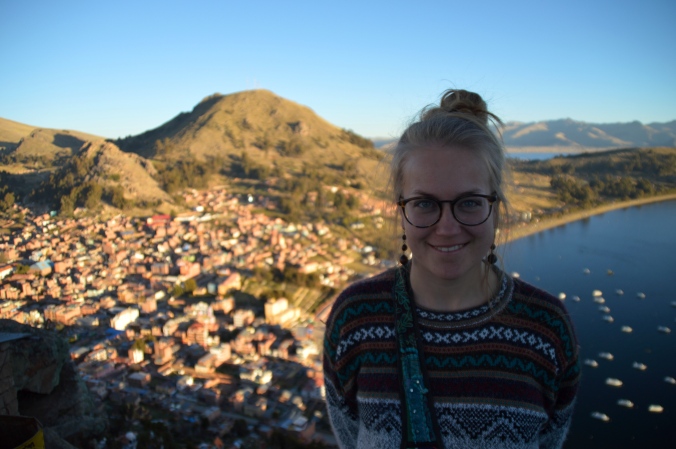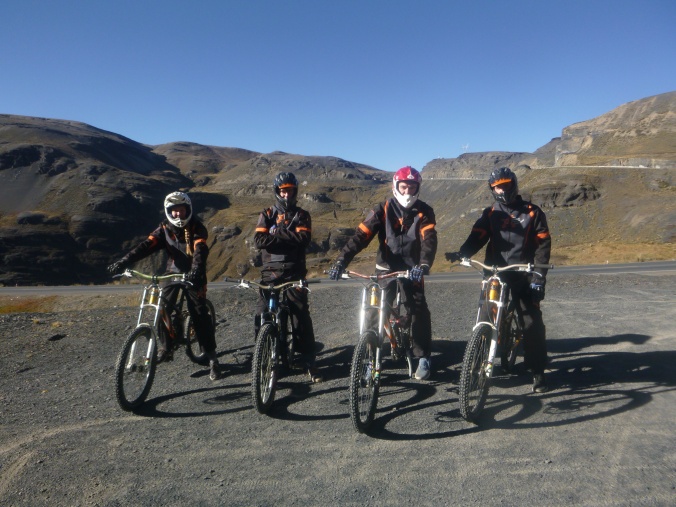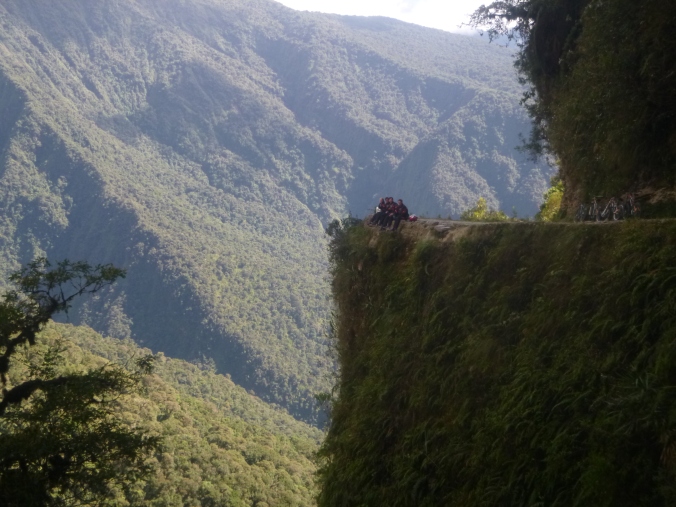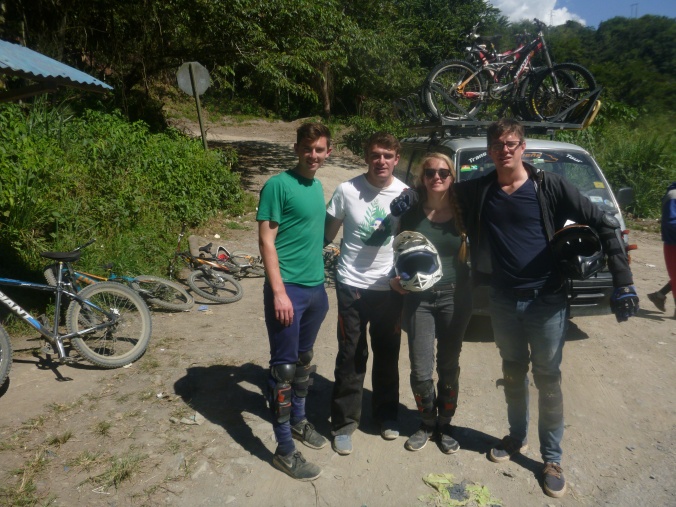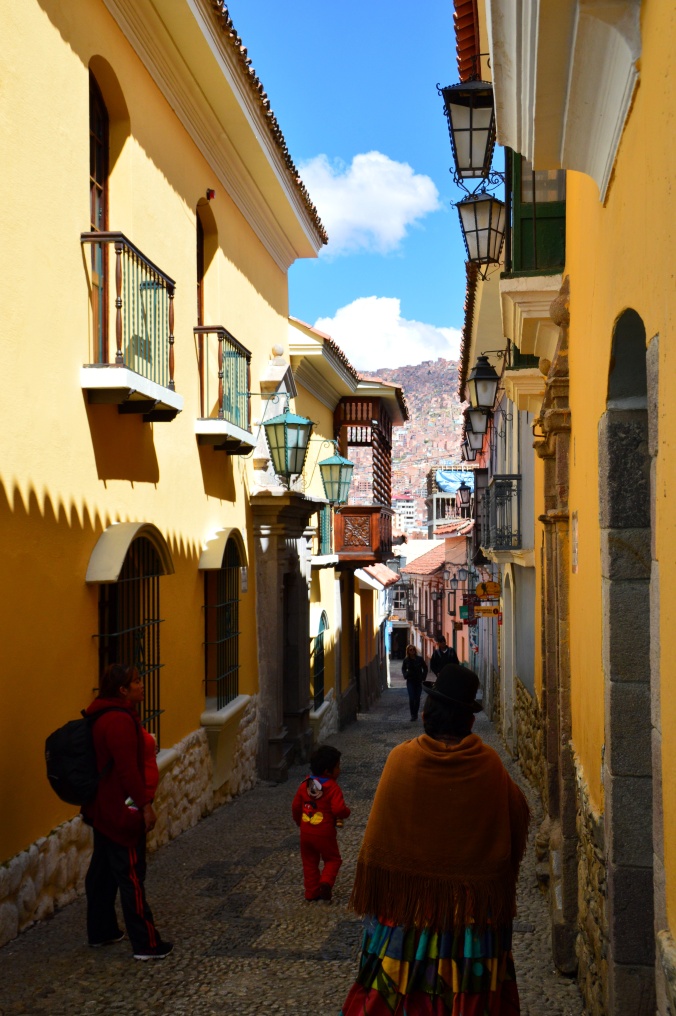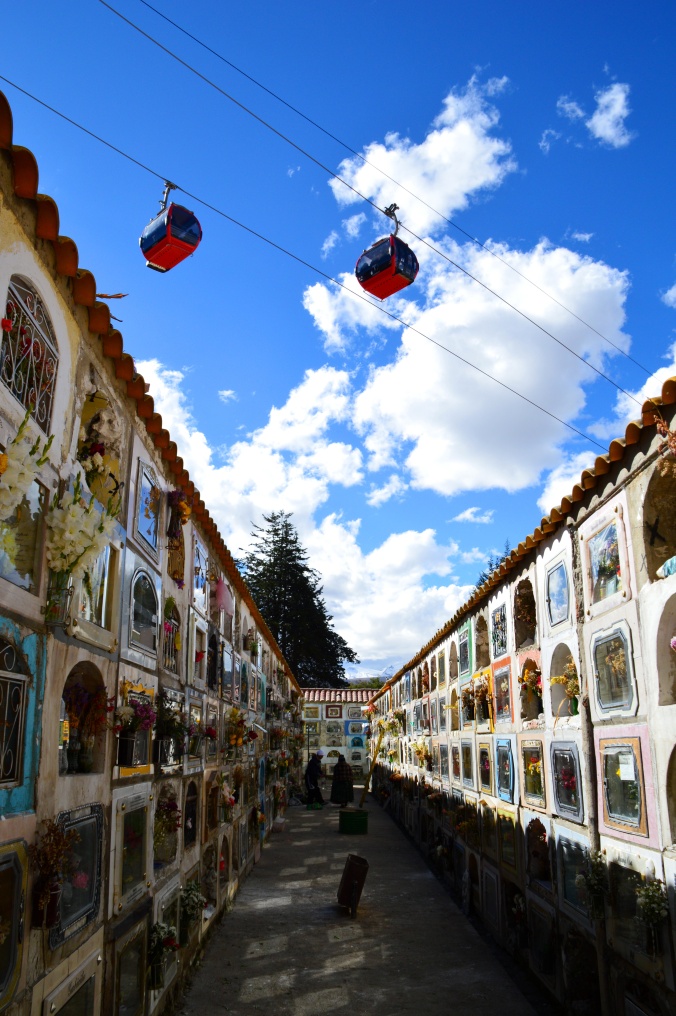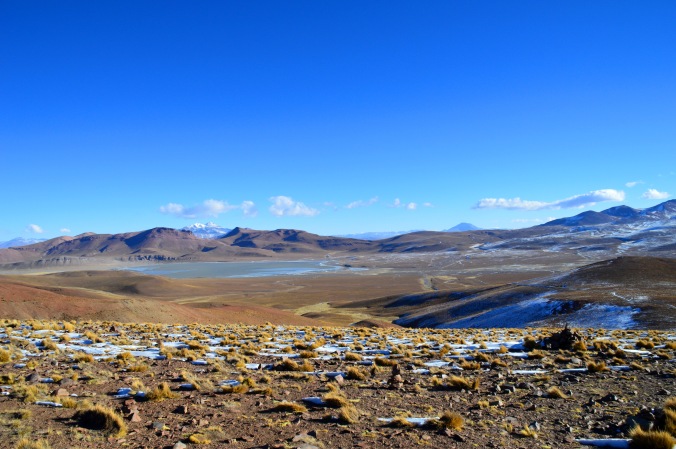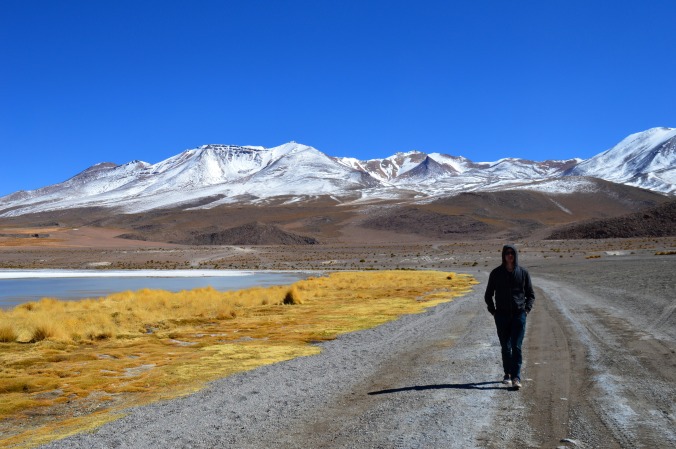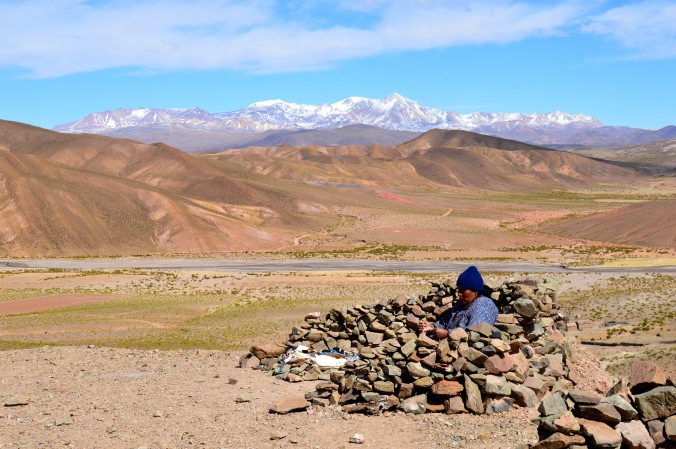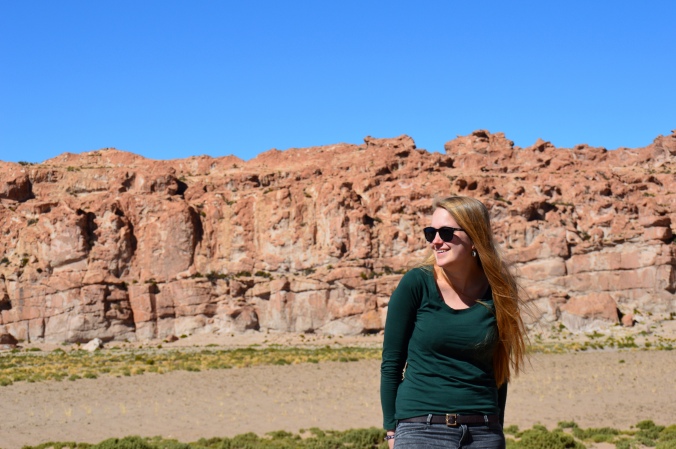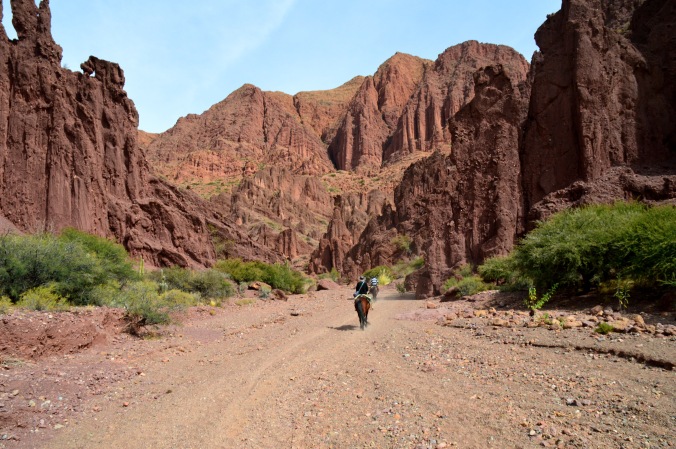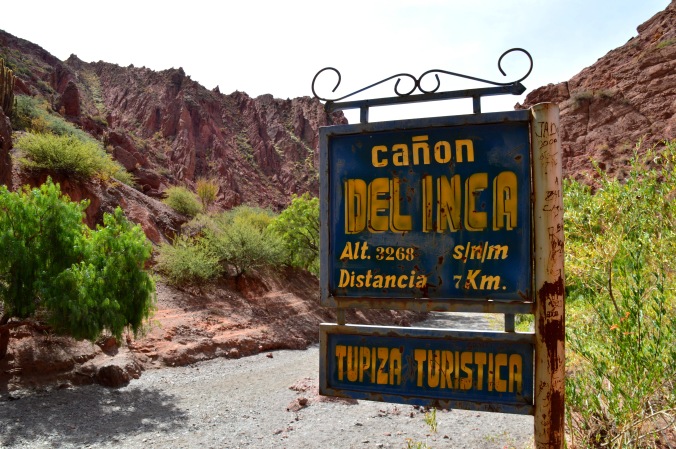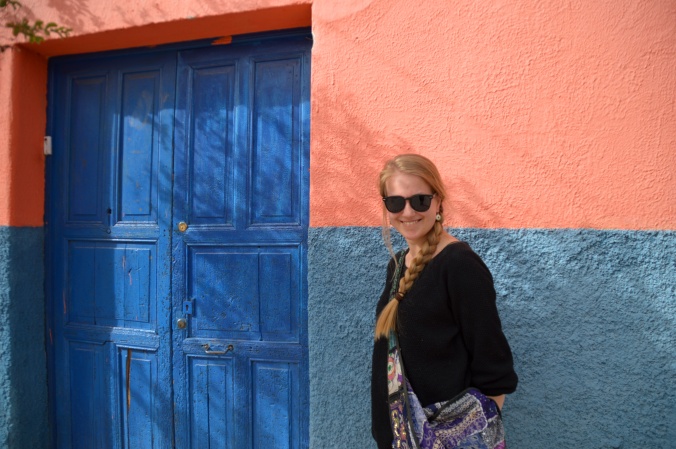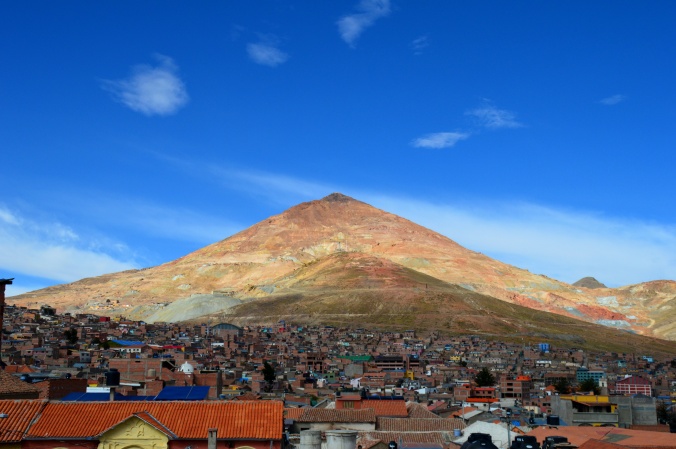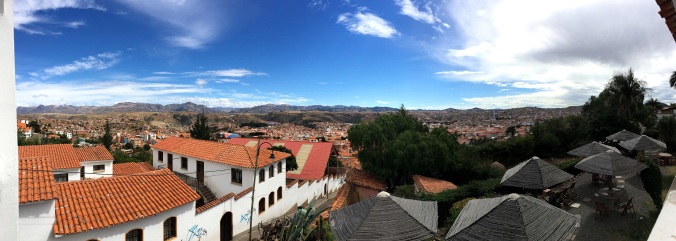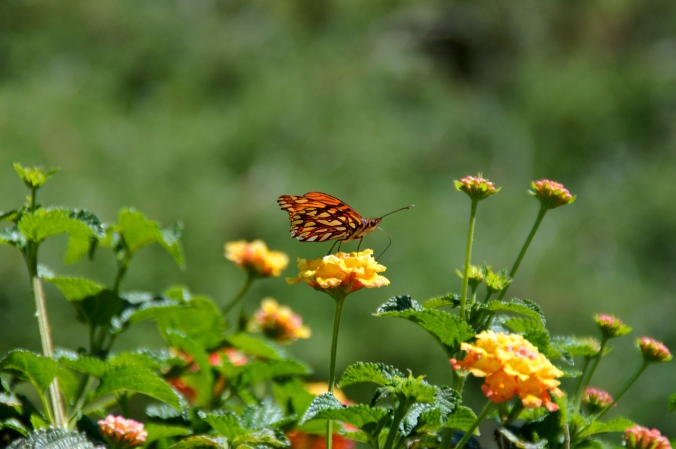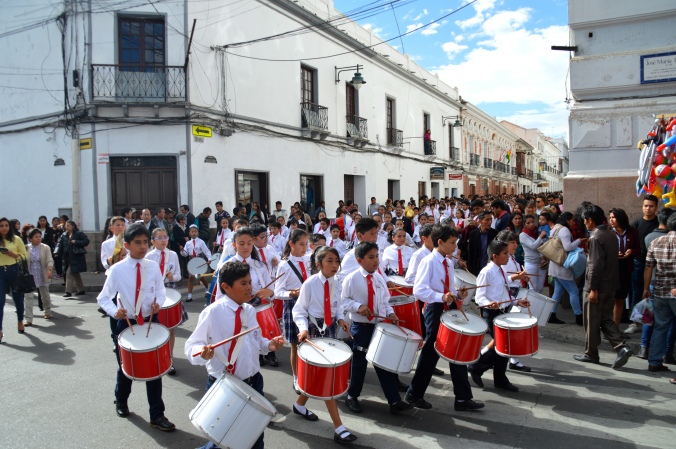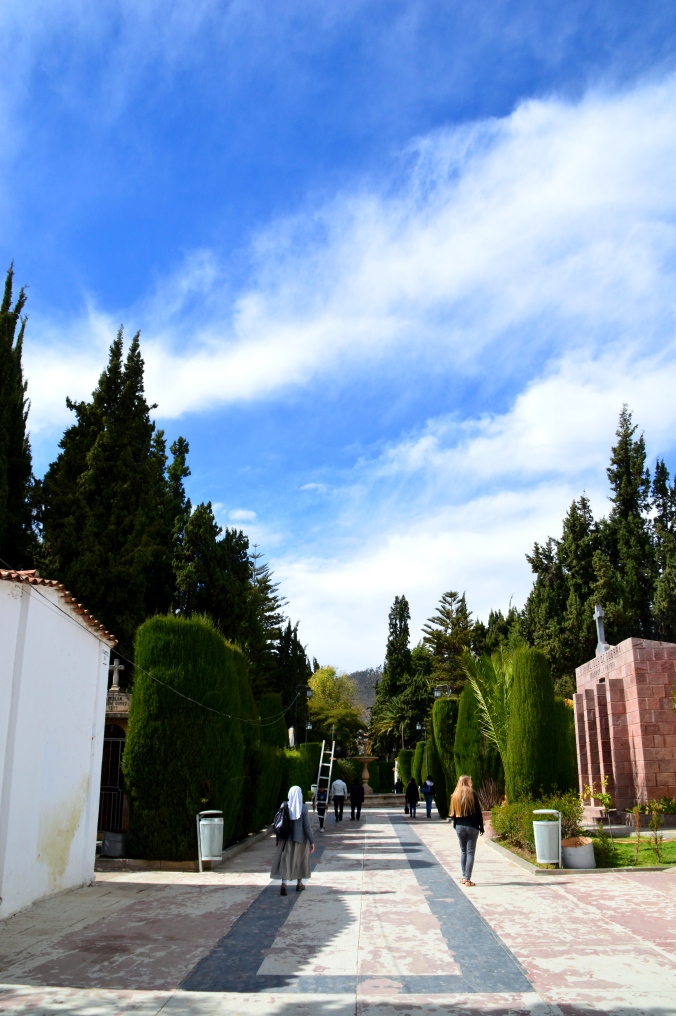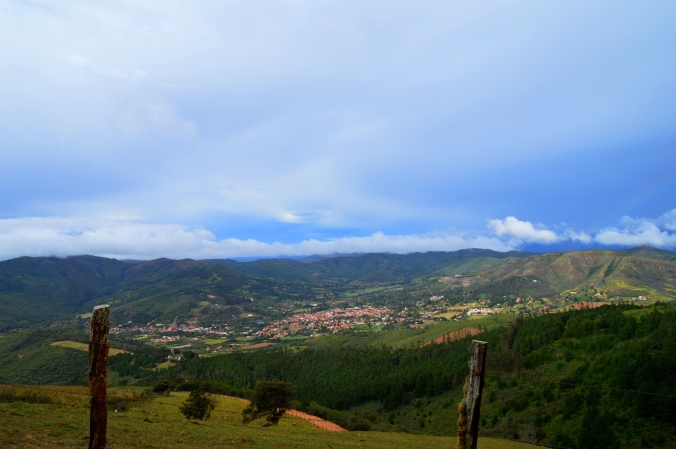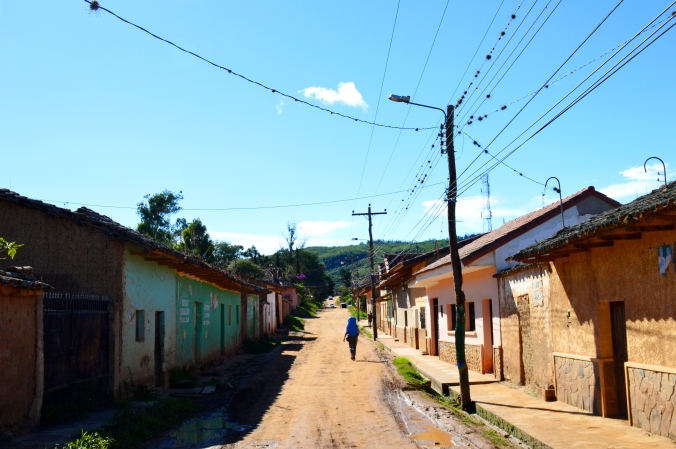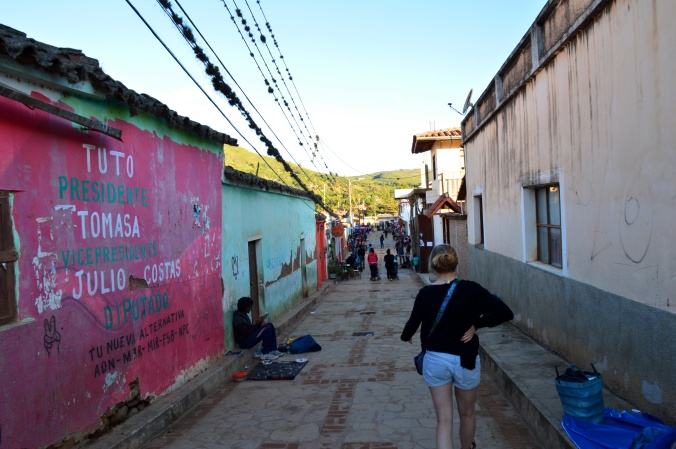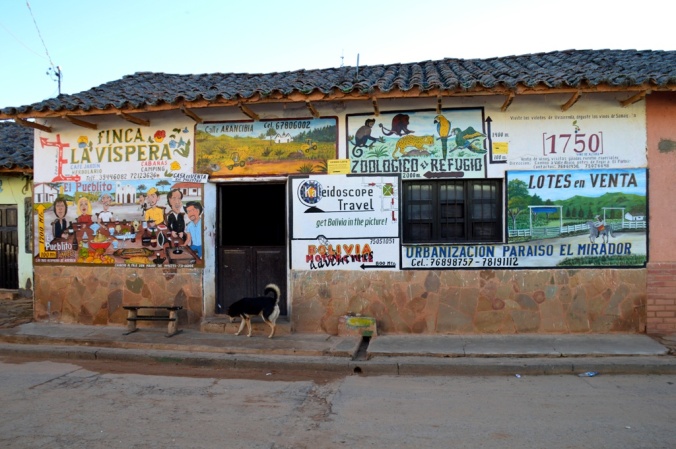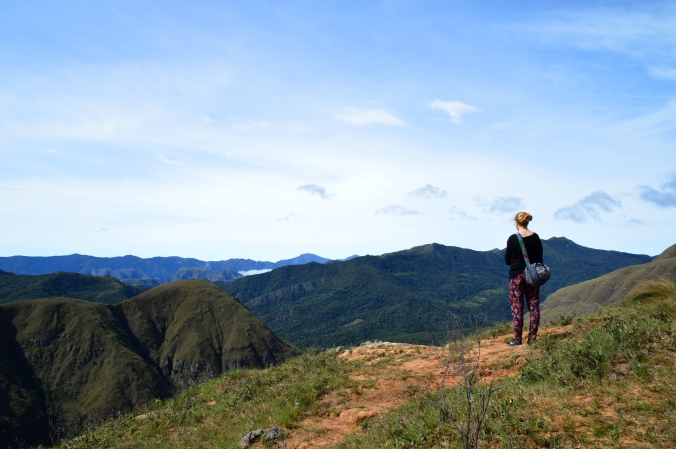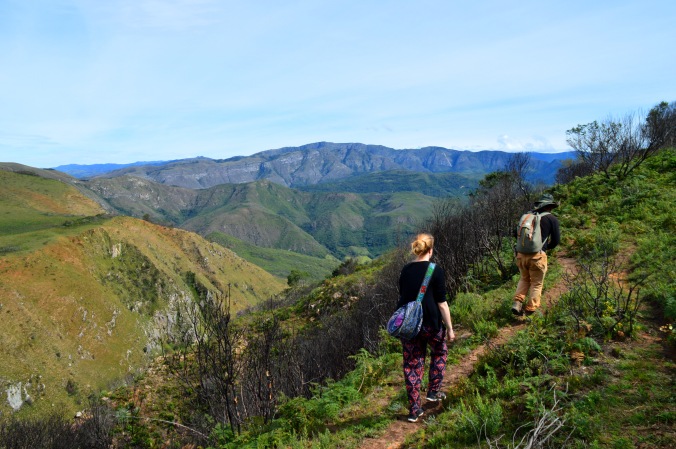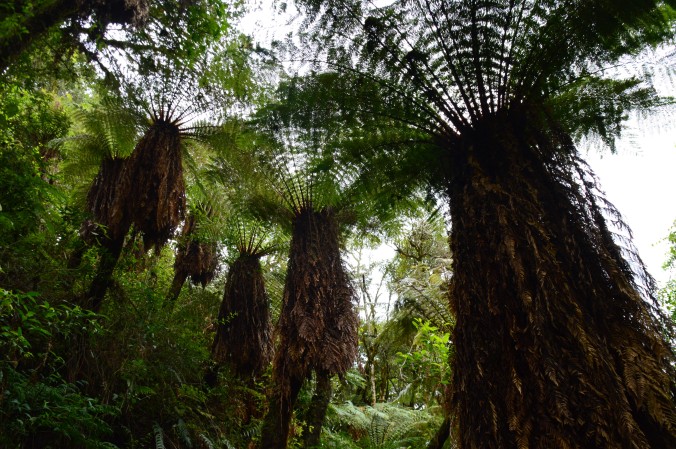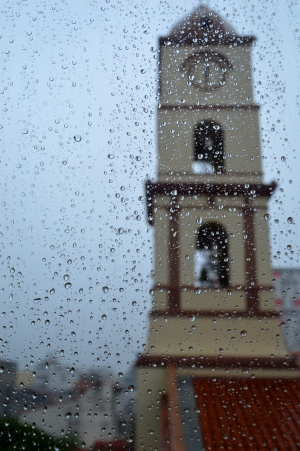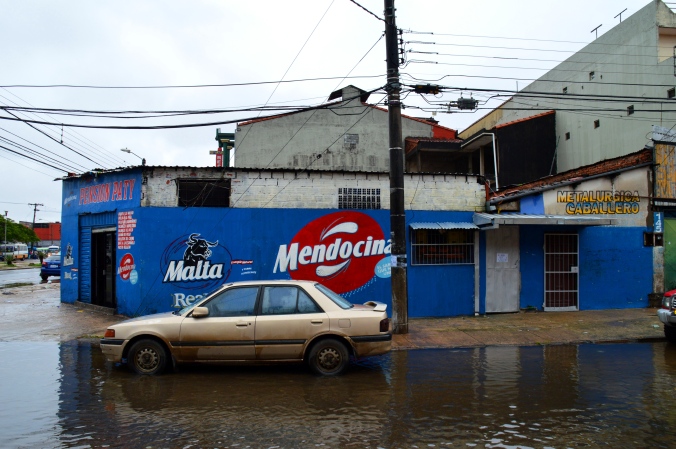
????????????????????????????????????
Stina was begging to sit at the window seat of the airplane when we would fly to Rurrenabaque. A pointless demand it seems, seeing that the plane is so small it’s only 2 aisles wide, so all seats are window seats. It took us from La Paz in the Andes mountains to Rurrenabaque in the Amazon jungle. It was a relief to get out of the cold mountains and into the tropical heat for the first time this trip. No more jackets and sleeping under 5 blankets, but T-shirt and sweating like a hog under a mosquito net. Reasons enough to celebrate with refreshing cocktails.
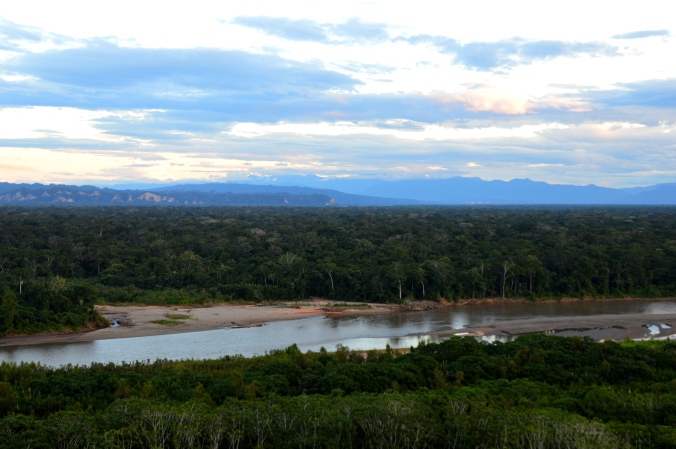
In Rurrenabaque we did a 3 day jungle tour and a 3 day pampas tour. Our guide was born and raised in one of the jungle villages on the banks of the Madidi river. While I was learning to fix Nintendo-cartridges by blowing the dust out of them and reading Jommeke-comics, he was getting bitten by poisonous snakes, learning to catch monkeys and kill wild boars.
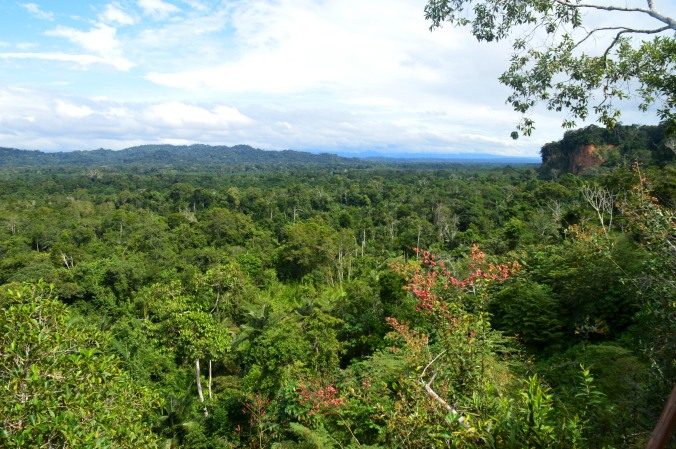
During the jungle tour we slept the first and third night in a hut in a small jungle resort and the second night literally in the middle of the jungle amidst a cacophony of animal noises. During the 3 day tour we mainly did some treks through the jungle where me and my skinny white legs were mainly serving as an all-you-can-eat-buffet for mosquitoes. During these treks we saw some animals (monkeys, birds, spiders, bullet ants – “very itchy guys!“- plenty mosquitoes) and learned a lot about plants and trees. He taught us all things I hope to God I will never need: making shelters, how to keep safe from jaguars and other wild animals, making colour pigment and the use of medicinal plants. The guide was like a pharmacist running around in his shop: “This one is good for diarrhea guys… This plant is good for healing bones guys. Just boil it for a couple of hours, drink the tea and no more problem guys.”
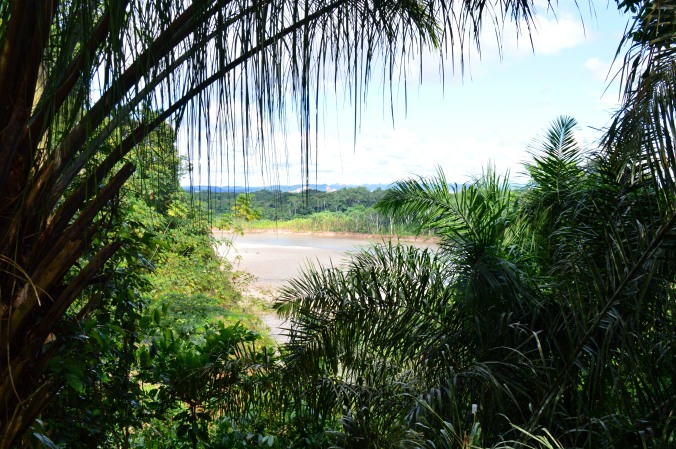
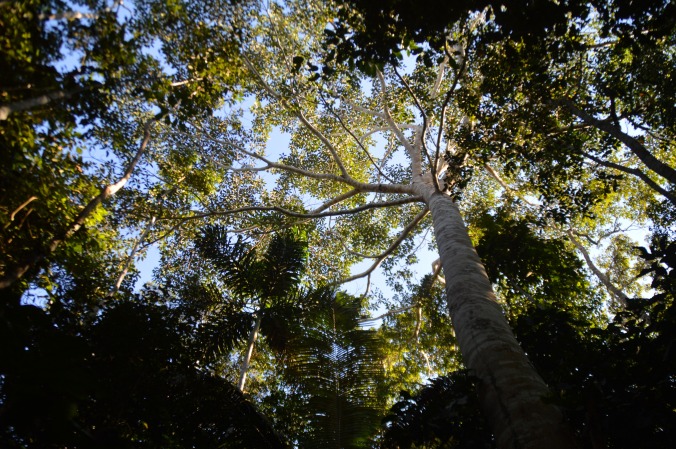
We also did one night walk during which, a tarantula the size of my hand started walking over the legs and back of our guide, forcing him to catapult it with his machete into the bushes… all perfectly normal. He also spotted some fresh jaguar foot prints near our sleeping area… comforting! After an extremely itchy night, we built a raft with which we sailed down the Madidi river back to the jungle lodge, while letting sandflies also have a bite of those legs of mine.
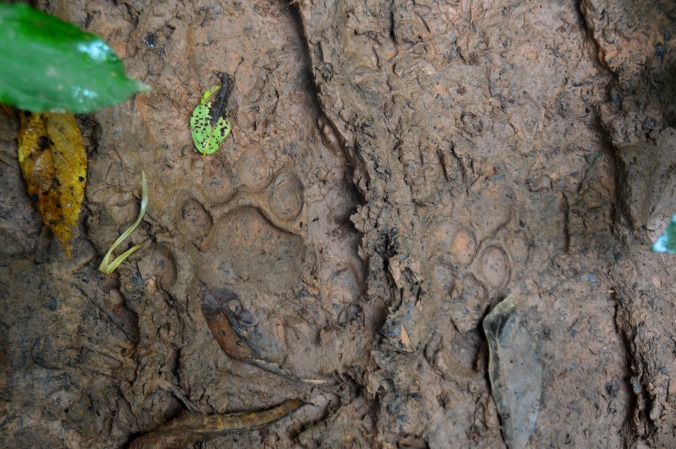
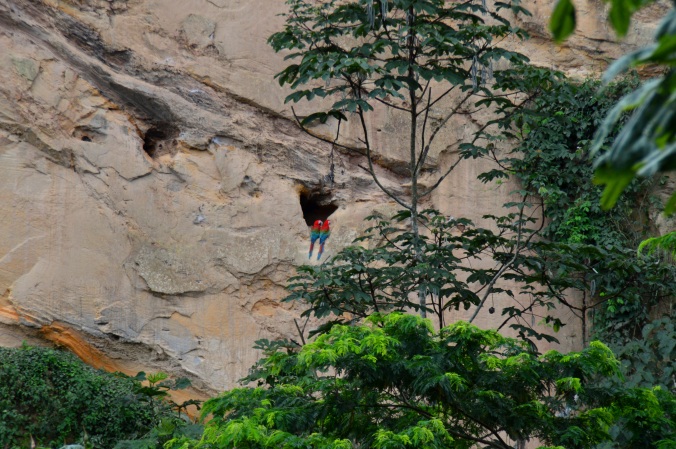
The pampas tour was a lot more relaxing. It was basically a safari: sitting in a small river boat and sailing around spotting animals. Or, to be more correct, letting the guide spot animals with his beyond human supervision and then spend three minutes with squinted eyes following his instructions trying to see the same animal.
We did however saw a lot of animals: pink river dolphins, caymans, the capibara (a hamster on steroids), monkeys and loads of birds.
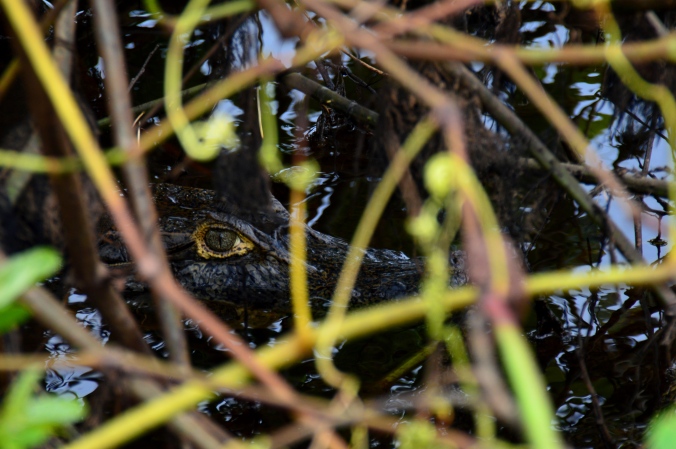
We even had a dozen monkeys run around in our boat after the guide beached it into the bushes. Due to the many tourists I think the monkeys are addicted to sugar and are only coming on the boat to search through your belongings to find Oreos.
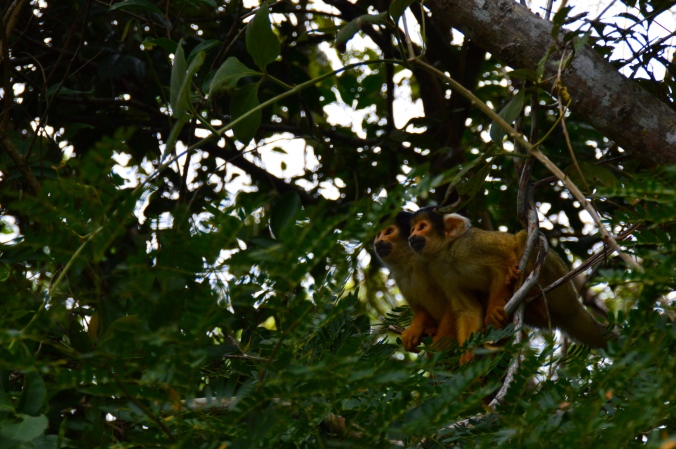
The guide even let me sail the boat a couple of hours, as my animal spotting skills are practically zero, but mostly so he could chill out.
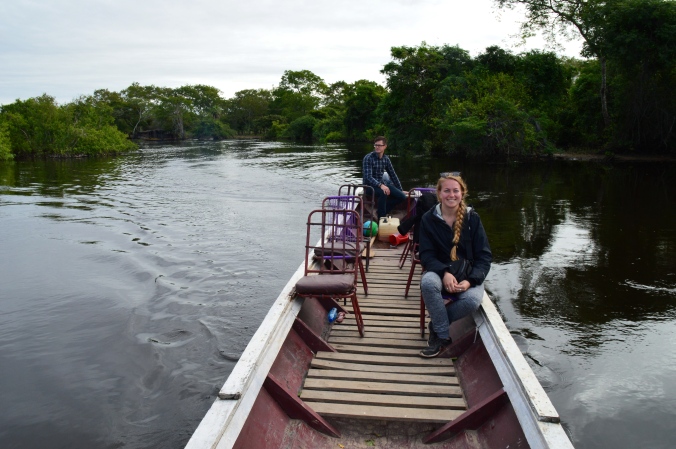
After 6 days, we were satisfied and happy to get back to the mountains, where it is too cold for mosquitoes!
